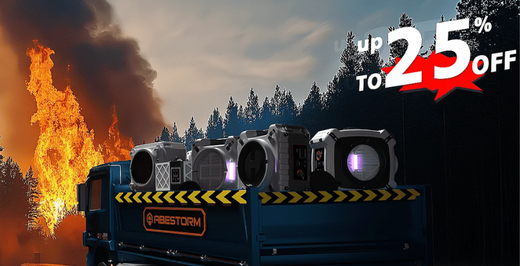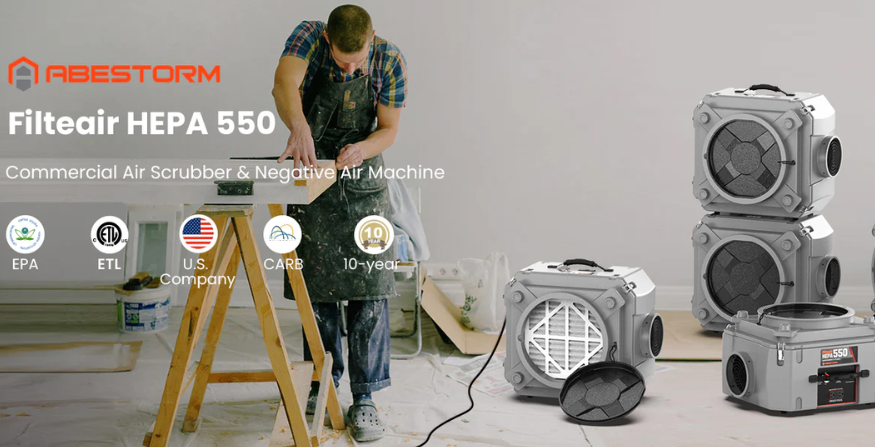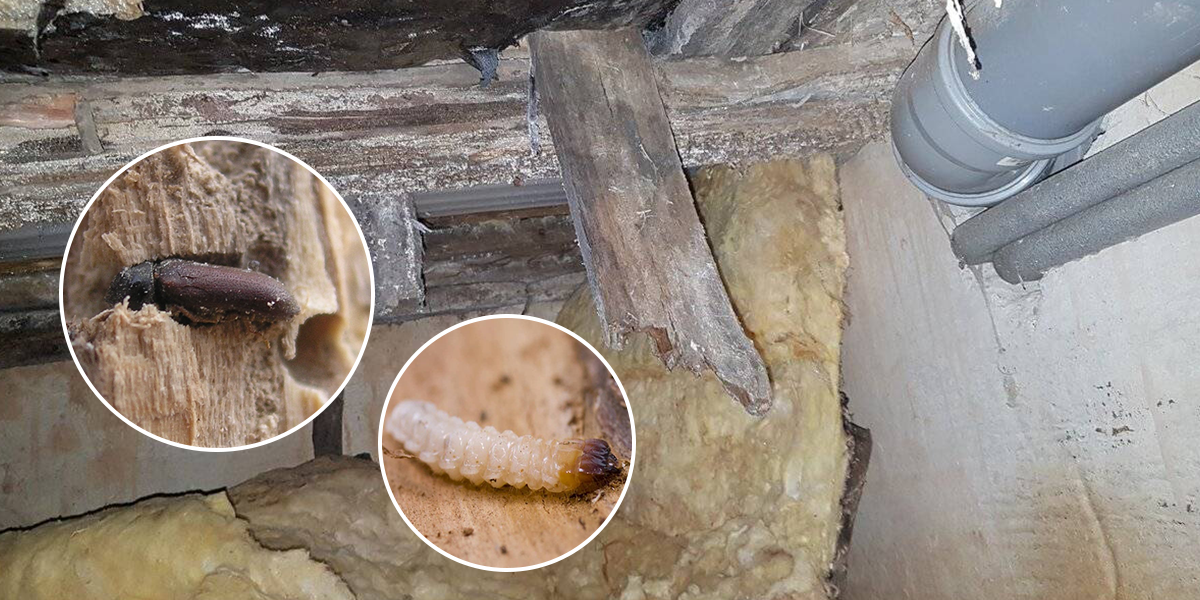Commercial dehumidifiers are essential pieces of equipment for many businesses and organizations. They can be used to maintain a comfortable and healthy environment for employees and customers, as well as to protect products and equipment from damage. This article aims to let you know what you should do for a wet carpet.
How To Use A Dehumidifier To Dry Carpet

Step 1: Assess the Situation
Before you begin the drying process, it's essential to assess the extent of the moisture in your carpet. If the carpet is soaked due to a flood or a large spill, you should prioritize removing as much standing water as possible using a wet vacuum cleaner or towels. The dehumidifier works best when the carpet is damp rather than saturated.
Step 2: Gather Your Equipment
To effectively use a dehumidifier to dry your carpet, you'll need the following equipment:
➢ Dehumidifier: Ensure you have a dehumidifier that's suitable for the room's size and moisture levels. Check the manufacturer's recommendations for your specific model.
➢ Fans: Box fans or high-velocity fans can help speed up the drying process by circulating air over the carpet.
➢ Extension cords: Depending on your dehumidifier's cord length, you may need an extension cord to position it optimally.
Step 3: Set Up the Dehumidifier
Now that you have your equipment ready, follow these steps to set up the dehumidifier:
➢ Position the dehumidifier: Place the dehumidifier in the center of the damp area, ensuring that
it's on a level surface.➢ Adjust the settings: Set the dehumidifier to the highest moisture removal setting. If your dehumidifier has a continuous drain option, use it to avoid having to empty the water reservoir repeatedly.
➢ Direct airflow: Position fans around the room to help circulate air over the carpet. Aim the fans at the carpet's surface to enhance the drying process.
Step 4: Monitor the Progress
Drying times can vary depending on the carpet's thickness, the humidity levels, and the room's temperature. Be patient and keep an eye on the progress. Check the water reservoir in the dehumidifier regularly and empty it as needed.
Step 5: Finish the Drying Process
Once the carpet feels dry to the touch and the dehumidifier has been running for an adequate amount of time, turn off the dehumidifier and fans. It's essential to ensure that the carpet is thoroughly dried to prevent mold and mildew growth.
Step 6: Clean and Restore
After the carpet is dry, give it a thorough vacuuming to remove any remaining moisture and dirt.
Additionally, consider using a carpet cleaner to freshen up the carpet's appearance and remove any lingering odors.
My experience using a dehumidifier to dry a wet carpet
I have a large, light-colored carpet in my living room. It's a beautiful carpet, but it also shows every stain and spot. One day, my cat knocked over a vase of water on the carpet, and before I knew it, a large area was soaked.
I immediately started to clean up the water, but I knew that the carpet would take a long time to dry on its own. I didn't want to risk mold or mildew growing, so I decided to rent a dehumidifier.I placed the dehumidifier in the center of the living room and set it to the highest setting. I also turned on all of the fans in the room to help circulate the air.
Within a few hours, I could already see a difference. The carpet was starting to dry, and the air in the room felt less humid. I ran the dehumidifier for some hours straight, and by the end of that time, the carpet was completely dry.
I was so relieved that the dehumidifier worked so well. I'm so glad that I didn't have to replace my carpet!
When to use a commercial dehumidifier to dry carpet
Commercial dehumidifiers are more powerful than residential dehumidifiers and can be used to dry large areas of carpet or carpet that is heavily saturated with water. Commercial dehumidifiers are also a good option for businesses and organizations that need to dry carpet quickly and efficiently.
How to choose a commercial dehumidifier
When choosing a commercial dehumidifier to dry carpet, consider the following factors:
➢ Capacity: The capacity of a dehumidifier is measured in pints per day (PPD). The capacity you need will depend on the size of the space you need to dehumidify and the humidity level you want to maintain.
➢ Type: There are two main types of commercial dehumidifiers: refrigeration and desiccant.
Refrigeration dehumidifiers are more common and are generally more affordable. Desiccant dehumidifiers are more expensive, but they are more effective in low-temperature environments.
➢ Features: Some commercial dehumidifiers come with additional features, such as built-in humidistats, timers, and remote controls. Consider which features are important to you when choosing a dehumidifier.
Benefits of Using Commercial Dehumidifiers
There are many benefits to using commercial dehumidifiers, including:
➢ Improved comfort and health: High humidity can make people feel uncomfortable and can also lead to health problems such as mold and mildew growth. Commercial dehumidifiers can help to maintain a comfortable and healthy humidity level in indoor environments.
➢ Product and equipment protection: High humidity can damage products and equipment. For example, it can cause corrosion, rust, and mold growth. Commercial dehumidifiers can help to protect products and equipment from damage by maintaining a low humidity level in storage and manufacturing environments.
➢ Reduced energy costs: High humidity can make it more difficult to cool a space. Commercial dehumidifiers can help to reduce energy costs by maintaining a lower humidity level, which makes it easier to cool the space.
Applications for commercial dehumidifiers
Commercial dehumidifiers can be used in a wide variety of applications, including:
➢ Commercial buildings: Commercial buildings such as offices, retail stores, and restaurants can use commercial dehumidifiers to maintain a comfortable and healthy environment for employees and customers.
➢ Warehouses and manufacturing facilities: Warehouses and manufacturing facilities can use commercial dehumidifiers to protect products and equipment from damage.
➢ Swimming pools and spas: Swimming pools and spas can use commercial dehumidifiers to control humidity levels and reduce mold and mildew growth.
➢ Museums and archives: Museums and archives can use commercial dehumidifiers to protect artifacts and documents from damage.
Conclusion
Commercial dehumidifiers are powerful tools that can be used to maintain a comfortable and healthy environment for employees and customers, as well as to protect products and equipment from damage. If you are looking for a way to improve the air quality and humidity levels in your business or organization, a commercial dehumidifier is a great option.









Shop For Dehumidifier